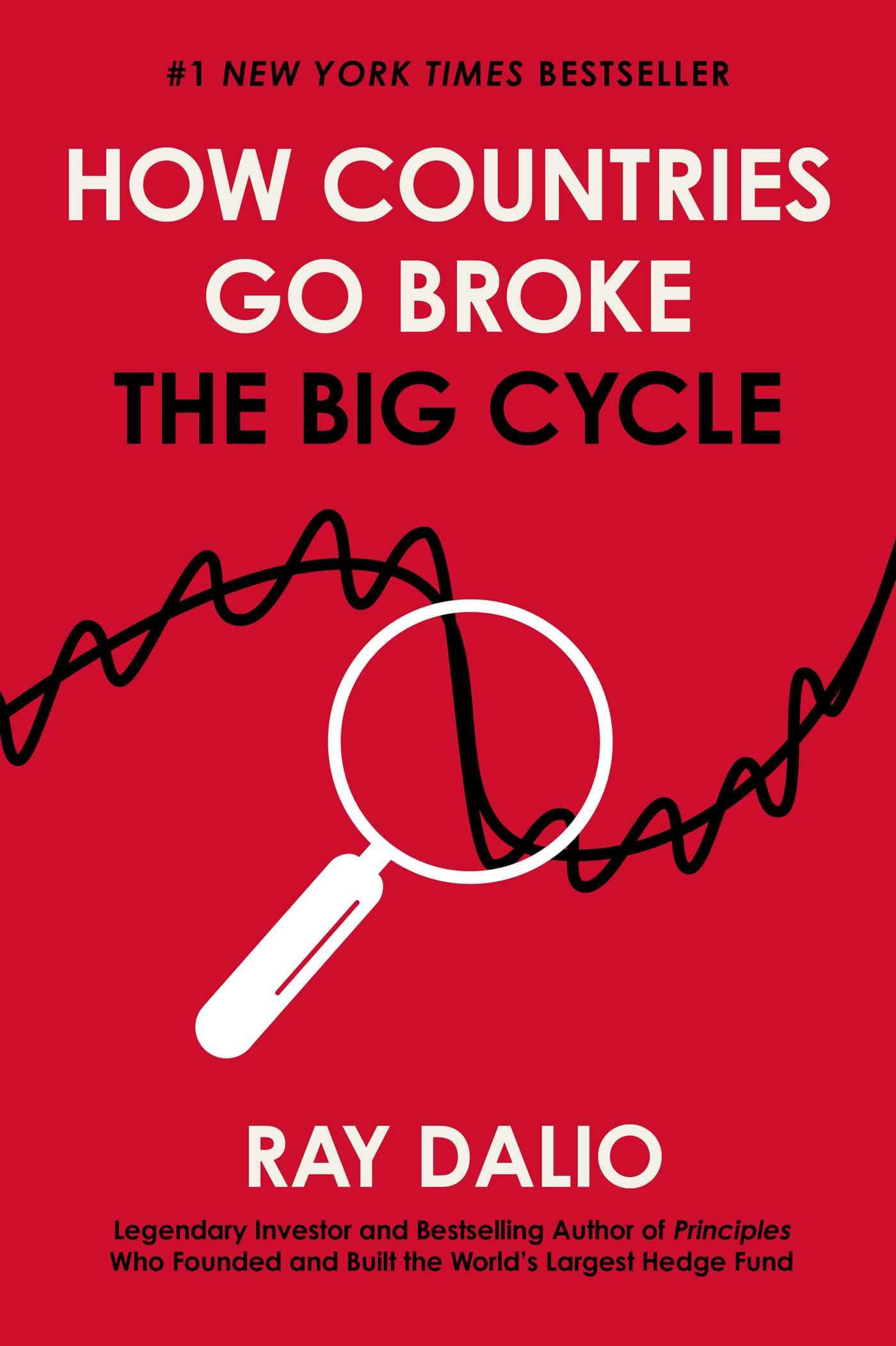Ray Dalio's New Book Proposes 3% Deficit Target to Avert US Debt Crisis

Renowned investor and author Ray Dalio has released his latest book, "How Countries Go Broke: The Big Cycle," offering a stark warning about the escalating debt levels in major global economies, particularly the United States. Dalio, known for his cyclical economic theories, contends that many nations are nearing a critical juncture in their "Big Debt Cycles."
The book elaborates on Dalio's long-standing "Big Debt Cycle" framework, a recurring pattern of debt accumulation that historically culminates in economic crises. He asserts that mismanaged monetary policies and excessive borrowing are primary drivers of these cycles. According to Dalio, the U.S. and other leading economies are currently in the advanced stages of this cycle, approaching what he terms a "point of no return" where debt burdens become unsustainable without significant intervention.
Dalio highlights historical instances where fiscal tightening, implemented under specific conditions, proved beneficial. He stated in a recent social media post,
"History shows us that big fiscal tightenings went well if put into place under these conditions. Notably, the fiscal tightening in these cases helped to lower bond yields, which reduced interest costs on the debt and encouraged private sector activity that raised taxes, and to the extent the fiscal tightening weakened the economy more than desired, it led to monetary easings that negated the fiscal tightening effects on the economy."
To address the looming crisis, Dalio proposes a "3% 3-part solution" for the United States. This involves reducing the budget deficit to 3% of GDP through a balanced combination of spending cuts, tax increases, and strategic interest rate reductions. He emphasizes that interest rate adjustments can be particularly impactful in managing debt burdens.
"How Countries Go Broke" also places the debt crisis within the broader context of Dalio's "Overall Big Cycle," which integrates five major forces: debt/credit/money/economic dynamics, internal political order, external geopolitical relations, acts of nature, and technological advancements. Dalio frequently points to the role of central banks in these cycles, noting that they often resort to printing money and monetizing debt to avert immediate defaults, a practice that can lead to currency devaluation over time.
Dalio's work serves as a critical call for policymakers and investors to understand these historical patterns and implement decisive actions to prevent severe economic downturns. The book, available for order, aims to provide comprehensive insights into the mechanisms of national financial distress and potential pathways to stability.